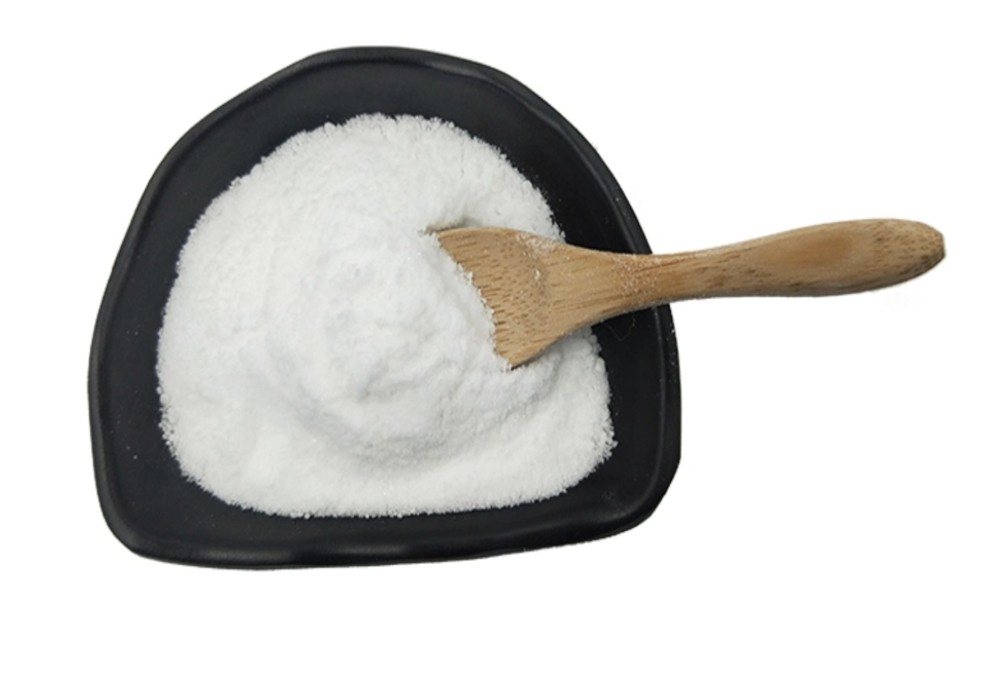Vitamin B1, also known as thiamine and thiamine, is one of the B vitamins. It can promote normal glucose metabolism and is necessary to maintain the normal function of nerve conduction, heart and gastrointestinal tract. It combines with adenosine triphosphate to form vitamin B1 pyrophosphate (thiamine diphosphate, i.e. coenzyme), which is necessary for carbohydrate metabolism. The lack of this coenzyme can lead to the obstruction of oxidative metabolism and the accumulation of pyruvate and lactic acid, affecting the energy supply of the body. Vitamin B1 can also inhibit the activity of cholinesterase when lacking; Cholinesterase activity is enhanced and acetylcholine hydrolysis is accelerated, resulting in nerve impulse conduction disorder and affecting gastrointestinal and myocardial function. Vitamin B1 is rich in seed coat and germ, such as rice bran, wheat bran, eccetera; The content of coarse grain is higher than that of refined rice or white flour. Others such as yeast, lean meat, peanuts, soybeans, liver and whole wheat, fresh vegetables such as cabbage and celery, traditional Chinese medicine Fangfeng, plantain seed and coix seed are rich in vitamin B1. It can be used as perfume, mainly for preparing bitter drinks
1. Vitamin B1 plays the role of coenzyme in the process of glucose metabolism and is necessary for the oxidative decarboxylation of pyruvate.
2. Vitamin B1 can maintain the normal function of nerves and myocardium.
3. Vitamin B1 can also be supplemented. Vitamin B1 will be helpful for drinkers, patients with Crohn's disease, patients with anorexia or multiple sclerosis. It can be used as part of systemic nutritional support.
4. B1 can also be used as a treatment for epilepsy, ulcer pain and muscle fiber pain.Vitamin B1 is one of the B vitamins. It is mainly used to prevent and treat beriberi or wernickes encephalopathy caused by vitamin B1 deficiency. It is also used in adjuvant therapy such as peripheral neuritis, myocarditis, dyspepsia and congestive heart failure; For vitamin B1 supplement: including patients with burns, fever and long-term chronic infection; Patients with malabsorption syndrome with hepatobiliary diseases (such as alcoholism with liver cirrhosis), small intestinal diseases (such as celiac disease, continuous diarrhea, etc.), after gastrectomy, hyperthyroidism and hemodialysis; Malnutrition caused by long-term parenteral nutrition or insufficient intake, heavy manual workers, pregnant women and lactating women.






















